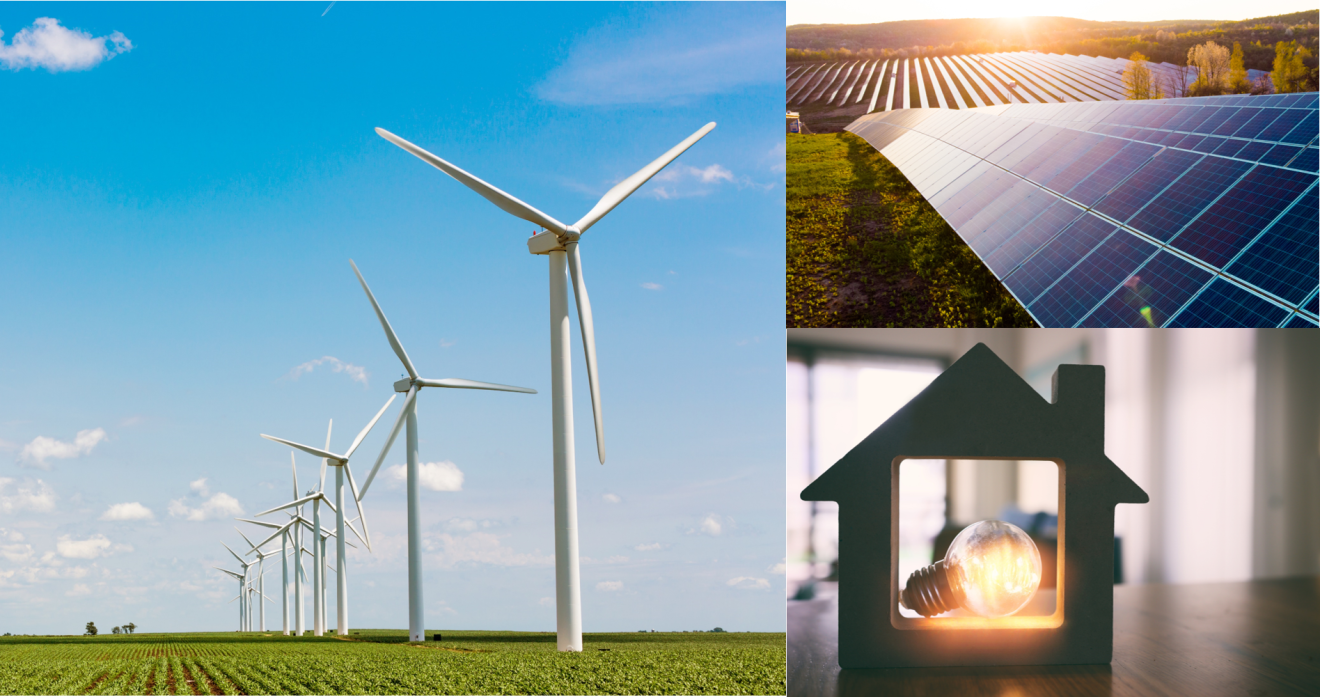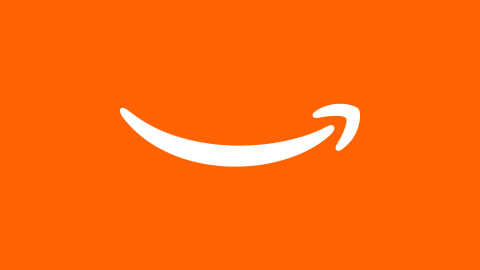Sustainable development meets the needs of the present without compromising the ability of future generations to meet their own needs, according to the UN World Commission on Environment and Development.
The challenges presented by climate change are daunting, terrifying even, and yet the things we all must do to stay within planetary boundaries, and to become more resilient, to thrive, present us with new and significant economic opportunities. The goal for many business leaders has become twofold: to modernise operations by using more digital tools, while also creating a more sustainable world.
To find out how organisations are managing the transition, AWS partnered up with Atos and commissioned a study through Coleman Parkes Research, to learn how business leaders are approaching decarbonisation. The study surveyed 4,000 firms across three sectors, energy and utilities, financial services, and manufacturing, in four European countries, France, Germany, Spain and the UK. We asked business leaders questions such as: how far have you come in the last few years? How are you cutting GHG emissions? What are you struggling with? Where are you targeting your investments as you seek solutions? And how do you see the role of digital technology - in particular the cloud – in making greater strides toward decarbonisation?
Read the full report here.

The findings show that 80% of businesses, across the sectors and sizes, currently measure their carbon footprint, and nearly all of them (96%) have set emission reduction targets to lower their impact. 75% of European businesses feel confident of achieving their sustainability goals, although there are gaps between this belief and the reported levels of success.
Diane Galbe, Senior Executive Vice President, in charge of Sustainability & Net Zero Transformation Practice, Atos said “The research clearly shows that decarbonization is now a priority for all businesses, and with the amount of data proliferating, not only within an organization but also between them, effective data management and cloud integration are becoming increasingly important. The power of digital in decarbonization cannot be underestimated. As the survey shows there is a demand for more digitalization and measurement to support decarbonization objectives.”
There is a lot of work ahead of us. Only 14% of business leaders have decarbonisation targets backed by science. Businesses lack necessary instruments to measure emissions comprehensively. Unsurprisingly, Scope 1 emissions from direct operations, such as fuel combustion to support operations, and Scope 2 emissions, including purchased electricity are easier to quantify and are measured by 76% of companies. Just 9% of businesses attempt to estimate the more difficult to quantify Scope 3 emissions, also referred to as value chain emissions, which often represent the majority of an organisation’s total GHG emissions.
Harnessing technology to accelerate net zero
According to respondents, digital technologies can close the gap between business expectations toward sustainable practices and the reality of operations. Siloed data sources were listed as a common obstacle to better management of GHG emissions. 75% of business decision makers recognise technology’s role in decarbonisation and feel their environmental impact reporting should be improved by an emissions measurement tool.
Significantly, around three quarters of leaders (77%) believe that cloud technologies accelerate the path to net zero by two years or more. Cloud technologies enable more efficient IT operations; data combined with machine learning and artificial intelligence provide new insights into customer behaviours, IOT, digital twins, and simulation drive operational efficiencies and cloud-enabled innovation leads to new business models, products and services aimed at achieving sustainability goals.
DSM Animal Nutrition & Health in the UK, for instance, moved quickly to adopt the cloud. This was to support their mission to develop bioscience solutions to improve human and animal health and reduce their carbon. They partnered up with Oblivion Cloud Control, an AWS Premier Partner, to create Sustell. Sustell is a solution that uses AWS technologies to categorise data measurements such as carbon emissions, climate effects, water consumption and air pollution. Their solution also simulates scenarios for farmers to monitor their environmental footprints. In this way, farmers have been able to improve their practices both in productivity and in sustainability, for example by analysing which animal feed has the lowest carbon footprint.

Despite the future-proofing impact of the cloud, around one fifth of organisations have not adopted it yet. Some business leaders are perhaps only just realising how intertwined technology and sustainability are. Firmly putting carbon reduction on the boardroom agenda is not enough. Real, effective, and accurate digital tools need to be implemented if we wish to reach our goals in time, such as those offered by AWS and our partner Atos. Advancing in the digital revolution is the best way for businesses to truly become more sustainable in support of Europe’s green transition.
With this in mind, Amazon co-founded The Climate Pledge in 2019: a pledge to achieve net zero emissions by 2040, ten years sooner than the Paris Agreement. Since then more than 400 companies have signed The Climate Pledge.
We are all aware that signing a pledge is just the beginning of implementing change. The first step on this journey is to understand where we are and what we can improve. We all need a clear grasp of our carbon emissions, we need to understand the obstacles to decarbonisation, and we must have clarity on what to prioritise.
Find out more about AWS Sustainability.













